
A Glucose Transporter Promotes Stomatal Conductance and Photosynthesis
Research, The Plant Cell, The Plant Cell: In a NutshellHai Wang et al. identify a regulator of stomatal movement and photosynthesis. Plant Cell https://doi.org/10.1105/tpc.18.00736
By Hai Wang, Biotechnology Research Institute, Chinese Academy of Agricultural Sciences
Background: Fixation of atmospheric CO2 through photosynthesis is crucial for the…
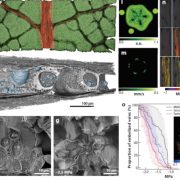
Review: Functional status of xylem through time ($) (Annu Rev Plant Biol)
Plant Science Research WeeklyIf you haven’t been paying attention, you may have missed the great advances that have been taking place in xylem research recently. This excellent review by Brodersen et al. is your chance to catch up. Like all aspects of plant science, new tools and techniques have provided tremendous new insights…
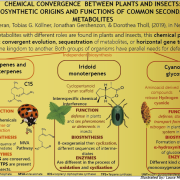
Review. Chemical convergence between plants and insects: biosynthetic origins and functions of common secondary metabolites (New Phytol)
Plant Science Research Weekly
Plants and insects aren't closely related, but they have a plethora of similar chemical weapons used for their interactions (defense, attraction, etc.). Beran et al. describe the function and biosynthesis of secondary metabolites that are shared in both insects and plants.
The monoterpenes and…

Review: Jasmonate signalling in carnivorous plants: Copycat of plant defence mechanisms (J Exp Bot)
Plant Science Research WeeklyCarnivorous plants are one of the easiest ways to demonstrate to children that “plants are cool too”. In their new review, Pavlovič and Mithöfer show that carnivorous plants can also be a gateway to introduce the subject of how plants defend themselves against herbivory, by drawing links between…
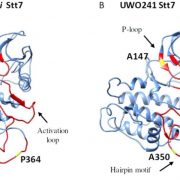
Cold-adapted protein kinases and thylakoid remodeling impact energy distribution in an Antarctic psychrophile (Plant Phys)
Plant Science Research Weekly“Earth is a cold place with 80% of its biosphere permanently below 5°C,” begins this study of an Antarctic psychrophile (“cold-lover”). As Szyszka-Mroz et al. indicate, the permanently cold-adapted inhabitants of permanently frozen lakes are highly vulnerable to the effects of climate change,…
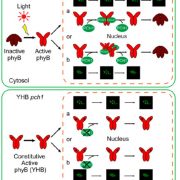
PCH1 regulates light, temperature, and circadian signaling as a structural component of phytochrome B-photobodies in Arabidopsis (PNAS)
Plant Science Research WeeklyPhytochrome is one of the key photoreceptors in plants, and famous for switching between active and inactive (Pfr and Pr) forms by absorption of far-red and red light; additionally, Pfr converts slowly to Pr independently of light. Furthermore, in the nucleus, the Pfr form can aggregate into photobodies.…
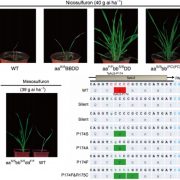
Generation of herbicide tolerance traits and a new selectable marker in wheat using base editing (Nature Plants)
Plant Science Research WeeklyNowadays, weeds represents a major problem to agriculture due to the limited availability and expense of tools to manage them. Using new technologies to create herbicide-tolerant, non-transgenic varieties could improve weed control. Here, Li et al. analyzed multiallelic editing of the wheat TaALS (encoding…
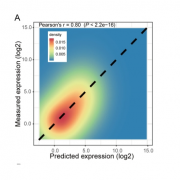
Chromatin signature and transcription factor binding provide a predictive basis for understanding plant gene expression (Plant Cell Physiol)
Plant Science Research WeeklyMachine learning is a booming research field, also in Plant Science. Here, Wu et al. use chromatin modifications and transcription factors to predict transcription levels in Arabidopsis and rice. This is not only important for prediction but also to understand the mechanisms underlying epigenetic regulation.…

Plant Science Research Weekly: May 3rd
WWR Full PostReview: Functional status of xylem through time ($)
If you haven’t been paying attention, you may have missed the great advances that have been taking place in xylem research recently. This excellent review by Brodersen et al. is your chance to catch up. Like all aspects of plant science, new…

